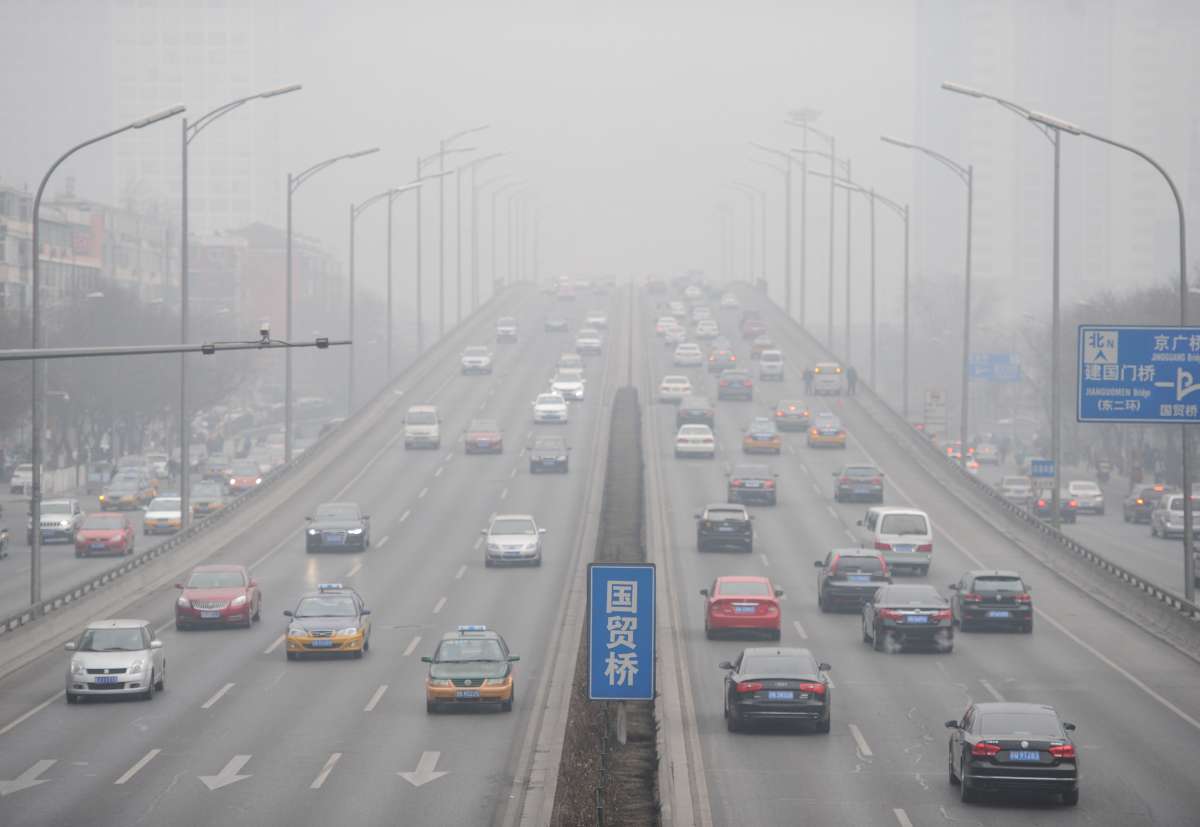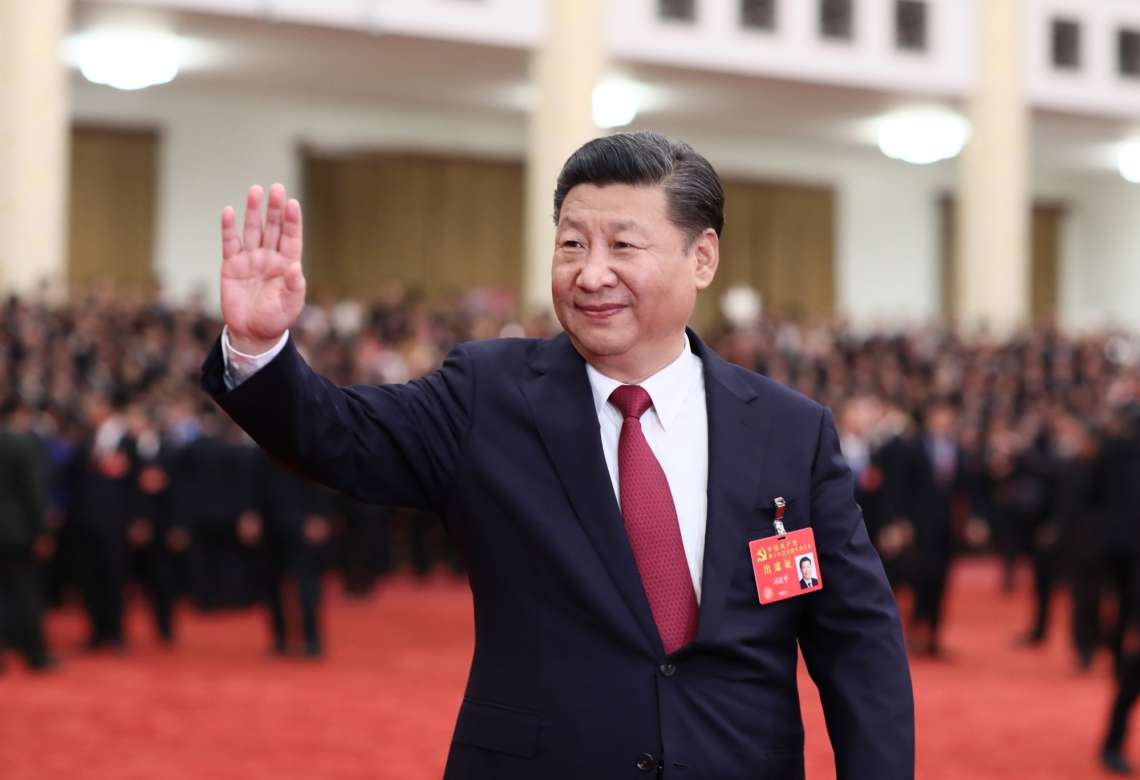PM2.5 particles, if inhaled, can have serious health risks, linked to premature deaths in people with heart or lung disease…reports Asian Lite News
China’s air pollution worsened in 2023 for the first time in a decade. This is the first year since 2013 that China’s national average PM2.5 level has increased year-on-year, a report by research organisation the Centre for Research on Energy and Clean Air (CREA) revealed.
“2023 is the first year that China’s national average PM2.5 level has increased year-on-year since the beginning of China’s “war on pollution” in 2013. 80 per cent of the provincial capitals, including Beijing, have seen PM2.5 level increase on year,” the report stated.
PM2.5 particles, if inhaled, can have serious health risks, linked to premature deaths in people with heart or lung disease, as well as a host of breathing and other health issues, according to the US Environmental Protection Agency.
The CREA based its findings on Chinese government data and a machine-learning algorithm that distinguished between the impact of weather and human emissions. CREA said that the overall increase in human-caused emissions, in addition to unfavorable weather conditions, has pushed the pollution level higher.
China’s air quality often remains below World Health Organization standards.
According to the report, nearly half of the capital cities that have not met the PM2.5 standard have improved air quality compared to the previous year, while all cities that comply with the standard have seen increases.
The rebound in pollution levels was due to both increases in emissions and more unfavourable weather conditions in 2023, compared with the previous year. This is seen using CREA’s deweathering algorithm, which disaggregates the impact of changes in weather conditions and changes in emissions.
The largest relative increases in PM2.5 pollution levels attributed to increases in emissions were in Lhasa (in Tibet), Tianjin and Jinan (in Shandong), at 18.2 per cent, 15.5 per cent and 11.7 per cent in the year, respectively.
The overall increase in human-caused emissions has pushed the pollution level higher, in addition to unfavourable weather conditions, the report said.
Coal production and thermal power production in areas where the PM2.5 standard was not met have increased by 4.4 per cent and 4.3 per cent, respectively, per year, indicating a larger use of fossil energy. Similar increases were also seen in the oil and metal industries. (ANI)
ALSO READ: Xi Warns Biden on Taiwan Reunification













